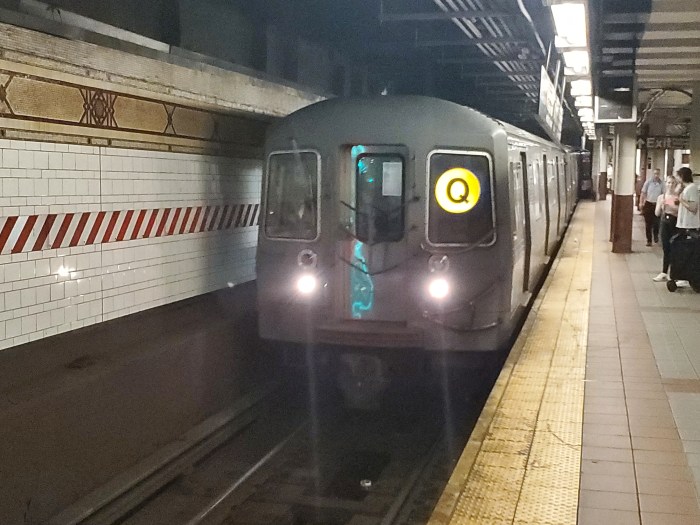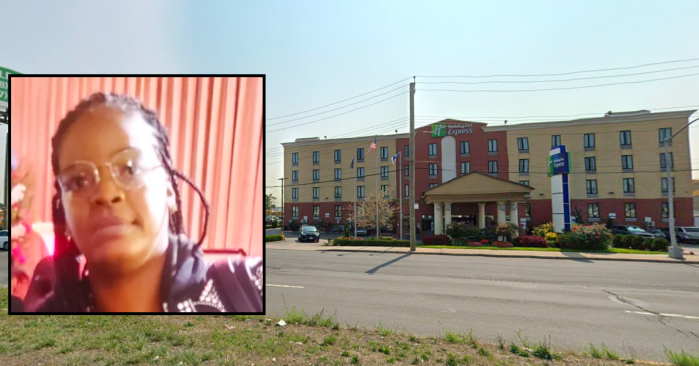The MTA is targeting sexual predators in the transit system by installing cameras on hundreds of new-model train cars.
The cameras will be put in 940 train cars that will replace 752 old cars that now run on the A and F lines. The MTA will also consider cameras on 300 cars the agency already ordered and are expected to hit the tracks in 2017.
The unprecedented inclusion of cameras into subway cars will catch creeps on candid camera in an effort to deter gross sexual misconduct.
The MTA announced the retooled public awareness campaign in a letter to Public Advocate Letitia James, who was concerned about sexual assault in subways and buses.
“We too are concerned that, notwithstanding our efforts, such incidents continue to occur,” wrote MTA chief Thomas Prendergast in the Sept. 25 letter.
As cameras in more than a thousand new train cars are years away, the MTA in the meantime has put a link to information that defines improper sexual conduct and offers safety tips, and a way to report an assault in the center of its homepage; will mark on subway maps where riders can find an NYPD Transit Bureau station; and review with subway employees protocol for handling complaints.
“We thank the MTA for recognizing that you really can’t put a cost on safety,” James said at a news conference about the cameras. “Now [victims] will no longer be in the dark, they will be getting assistance from the MTA.”
The cameras will record video, but will not provide live feeds, an MTA spokesman said.
The NYPD said there were five cases of rape or attempted rape; 79 incidents of sex abuse; 211 reports of forcible touching; and 135 acts of public lewdness in the subway system this year up to Sept. 29.
Cate Contino of the Straphangers Campaign praised the MTA’s effort to encourage people to report these crimes and said cameras are a long-term solution to catching creeps who expose themselves and sexually assault riders.
“Video in subway cars becomes evidence that can help convict these perpetrators,” she said.
Rider Sophia Anderson, 18, said she would feel safer with cameras inside trains. She said video would crack down on sexual harassment that “happens too much, especially at night.”
“Maybe now, it wouldn’t happen that much anymore because the perpetrators will get caught too easily,” she said. “They wouldn’t want to get caught.”
Other riders who are wary of perverts on the subway felt cameras would help, but only after the fact.
“I feel it’s a good thing, having the cameras. That way, I’ll know someone’s watching. But I don’t think it will stop it,” 19-year-old Jerayah Walker said. “Maybe the cameras will catch them [the perpetrators] after it’s done, but nah, it’s still going to happen.”
The MTA will also revamp its subway public service announcements to inform riders who witness these crimes on how to report them, instead of warning the targets of sexual assault.
“A lot of us see it happening and we don’t necessarily know how to intervene,” said Debjani Roy, deputy director at Hollaback, an anti-street harassment group, “and there are very effective ways that you can do that and stay safe, simultaneously.” (With Sarah Allam)


































